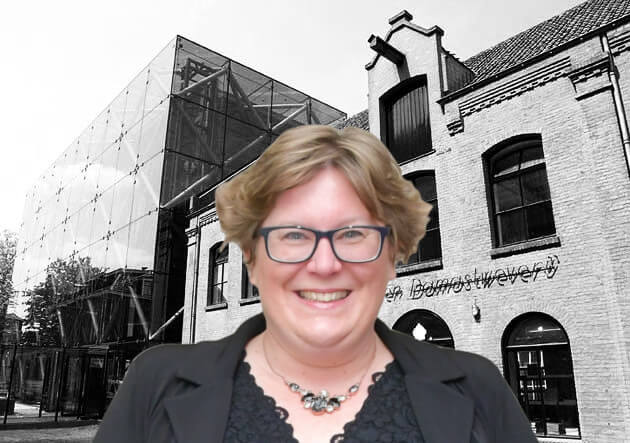
Last week, I enjoyed a scientific wellness: a whole week delightfully immersed in design science. In Boston, three universities AND a museum (Northeastern University, Harvard, MIT, and the Museum of Fine Arts) fraternally hosted a conference that brought together the best design scientists from around the world. Each scientist presents his or her most recent research. Of all the research presented, the most common theme was not artificial intelligence but designing for the future.
Most people thinking about the future immediately think of technology. But technology is and always will be only a tool. A much more important question precedes thinking about the future, namely, how we frame it. Let framing be something design scientists excel at. So, at the conference in Boston, I spotted five different perspectives on how we can frame the future.
Problem or solution?
The first perspective on framing concerns whether you see the future as a problem or a solution. In other words, do you focus on what you no longer want or what you do want? In politics, the future is mainly framed as a problem, and the focus is on what the government no longer wants: migrants, high rents, stopping construction projects due to nitrogen rules, et cetera. When you frame the future according to what you want, you create a different vibe: from stress to relaxation, asphalt to green, or irritation to togetherness.
A second perspective concerns the target audience: who do you see as the audience for the future you are designing? Do you design a future that mainly benefits the “global North,” or include all possible perspectives on a better future? Do you maintain a Western European perspective on growth or do the Amazon tigers or the oceans also fall into the target group for which you are designing a future? The framing choice you make here has vast implications for the type of future you end up designing.
Backwards into the future
A third perspective on framing the future concerns the topic or theme you are grasping. Take water, for example. Water represents one of the most significant challenges for the future, both in terms of flooding, drought, and water shortage. You can see water as the enemy and something you must fight against. But you can also see water as a necessary ingredient for life. This is the paradox of water: it gives us life, but it can destroy us at the same time. In the Netherlands, we think we have to control water, but we can also see water as something we must take care of. The relational frame of caring for water, as we encounter it in many areas of the world, fits the Dutch context. After all, most people don’t even know how their water came to them. How can you care for something whose origin you don’t know? We can also frame water as an identity, a living thing with rights. There are countries in the world where this is the case, and in those countries, for example, rivers can file lawsuits.
A fourth framing perspective has to do with the dimension of time: do we see the future as something ahead of us or as something that is (partly) behind us? Most Western European people will find this a strange question. After all, how can the future be behind you? Yet many groups of people around the world see the future as something that builds on the past and thus see the roots of the future in the past. One of the researchers at the conference cited several sayings to demonstrate this, such as a saying by the Maori Hoki Whakamuri kia anga whakamua [Let’s walk backward into the future] or a saying by an indigenous tribe from Colombia, “The future is behind us”.
Exnovation
A fifth perspective on framing the future concerns whether the future is something you build or instead means saying goodbye to things. This relates to the difference between the terms innovation and exnovation. Innovate has to do with building, expanding, renewing, or adding. Exnovate, on the contrary, has to do with breaking down, reducing, or even removing. We must not only create products and systems but sometimes eliminate products and systems. Even that elimination can mean progress. It is precisely by framing the future as a process of exnovation that space is freed up. Imagine how many possibilities could open up if we stopped doing certain things.
We cannot be neutral about the future. Everyone who works on the future in a way has a choice-responsibility of the frame they use. Provoke yourself by using a different frame.

